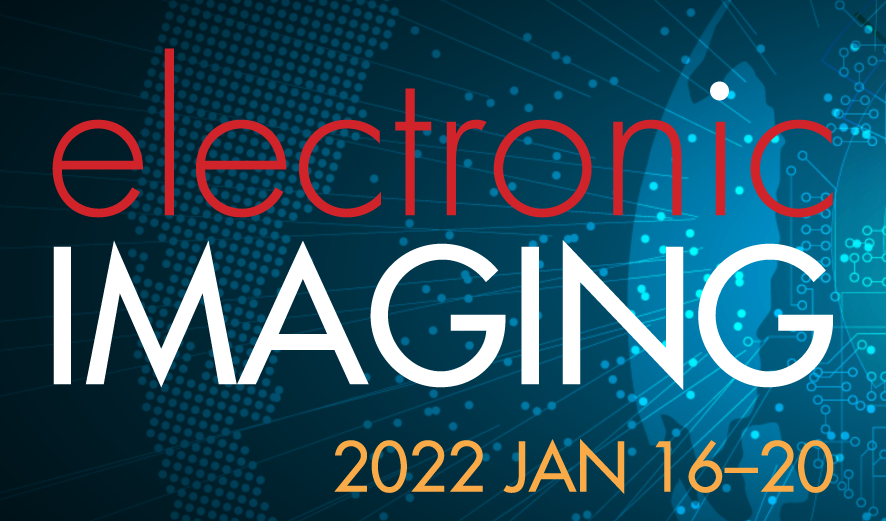
Machine learning for scientific imaging is a rapidly growing area of research used to characterize physical, material, chemical, and biological processes in both large and small scale scientific experiments. Physics inspired machine learning differs from more general machine learning research in that it emphasizes quantitative reproducibility and the incorporation of physical models. ML methods used for scientific imaging typically incorporate physics-based imaging processes or physics-based models of the underlying data. These models can be based on partial differential equations (PDEs), integral equations, symmetries or other regularity conditions in two or more dimensions. Physics aware models enhance the ability of the ML methods to generalize and robustly operate in the presence of modeling error, incomplete data, and measurement uncertainty. Contributions to the conference are solicited on topics ranging from fundamental theoretical advances to detailed implementations and novel applications for scientific discovery.

Limited-angle X-ray tomography reconstruction is an ill-conditioned inverse problem in general. Especially when the projection angles are limited and the measurements are taken in a photon-limited condition, reconstructions from classical algorithms such as filtered backprojection may lose fidelity and acquire artifacts due to the missing-cone problem. To obtain satisfactory reconstruction results, prior assumptions, such as total variation minimization and nonlocal image similarity, are usually incorporated within the reconstruction algorithm. In this work, we introduce deep neural networks to determine and apply a prior distribution in the reconstruction process. Our neural networks learn the prior directly from synthetic training samples. The neural nets thus obtain a prior distribution that is specific to the class of objects we are interested in reconstructing. In particular, we used deep generative models with 3D convolutional layers and 3D attention layers which are trained on 3D synthetic integrated circuit (IC) data from a model dubbed CircuitFaker. We demonstrate that, when the projection angles and photon budgets are limited, the priors from our deep generative models can dramatically improve the IC reconstruction quality on synthetic data compared with maximum likelihood estimation. Training the deep generative models with synthetic IC data from CircuitFaker illustrates the capabilities of the learned prior from machine learning. We expect that if the process were reproduced with experimental data, the advantage of the machine learning would persist. The advantages of machine learning in limited angle X-ray tomography may further enable applications in low-photon nanoscale imaging.

The Magdalena Ridge Observatory Interferometer (MROI) utilizes Shack-Hartmann Wavefront Sensing (SH-WFS) for the back-end stability of its beam relay systems in a unique design. The SH-WFS, however, is sensitive to atmospheric turbulence scintillation which can drastically affect its precision in calculating the position of the beam profile it sees. A large number of images are needed to counteract the turbulence effect. Here we use deep learning as an alternative to long averaging cycles. A CNN was trained to map from a number of initial images of a series of star frames to the average image of the entire series at different positions of the beam profile. Under typical seeing conditions expected at MROI, the results showed that the network can map 10 input frames to the average of 100 within the permissible error margin of 0.1 pixels and furnish proper generalization to beam position movements not seen during training. The network can also outperform the averaging technique when both techniques operate on small numbers of input frames such as 10 or 20.